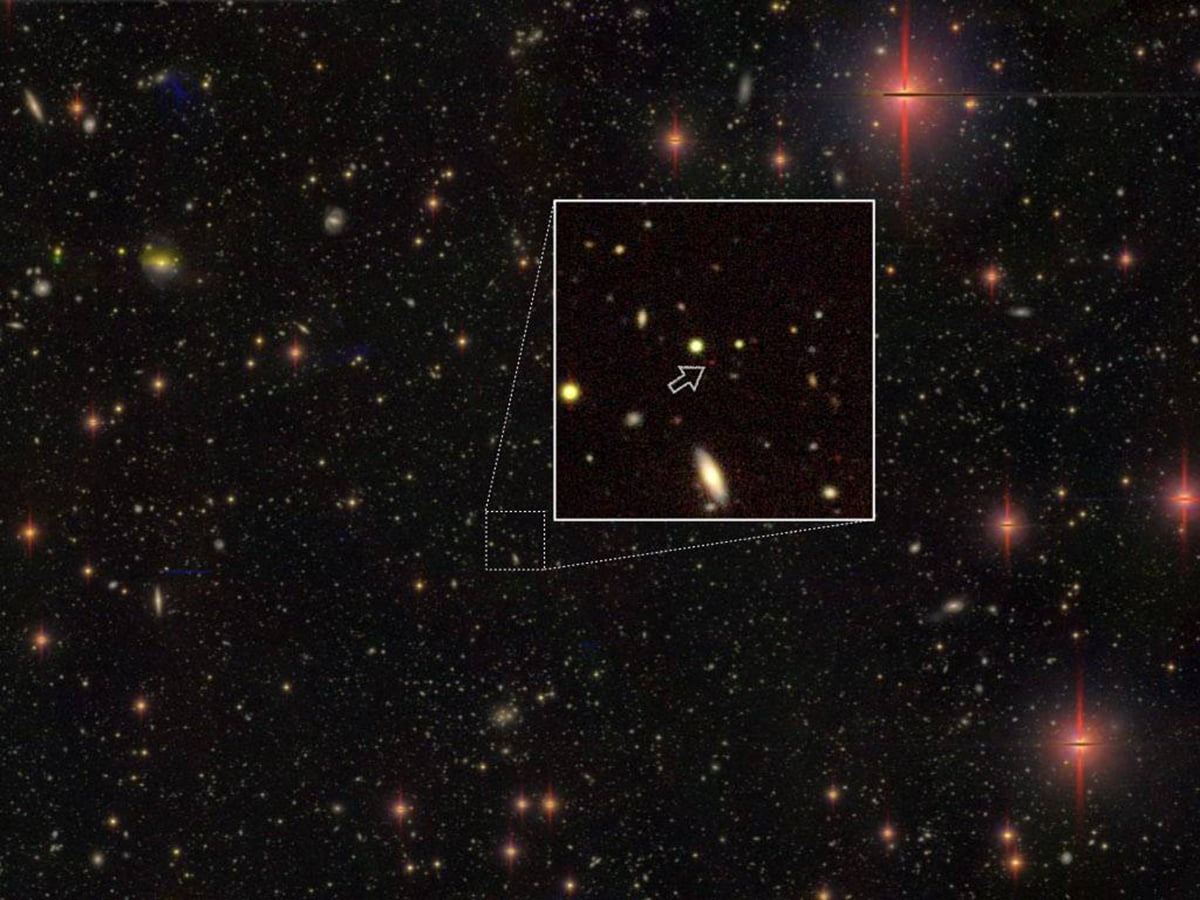A group of astronomers from Japan, Taiwan and Princeton University detected 83 supermassive black holes from the early universe. The discovered quasars powered by the black holes are located so far into the universe that scientists believe that these black holes formed when the universe was in its earliest days, or 10 percent of its current age.
“It is remarkable that such massive dense objects were able to form so soon after the Big Bang,” Michael Strauss, a professor of astrophysical sciences at Princeton University who is one of the co-authors of the study said in a statement. “Understanding how black holes can form in the early universe, and just how common they are, is a challenge for our cosmological models.”
The discovery is helpful because scientists now know of a greater number of black holes that existed that early, shedding life on how common they were when the universe was at its youngest state. The findings of the research appear in The Astrophysical Journal and the Astronomical Observatory of Japan’s publication.
Supermassive black holes are usually located at the center of galaxies, including the Milky Way, and normally they are much more massive compared to stars, including the sun. There are a lot of them, but scientists can’t determine when and how they first started forming and how many of them existed when the universe first formed far, far away.
Supermassive black holes become visible to the telescope when there is a gas accretion in them, which causes them to shine as “quasars.” Scientists focused on fainter quasars in this research, which receive power by black holes the size of most black holes in the current universe.
To make these observations, researchers used a new instrument called the “Hyper Suprime-Cam” (HSC) and attached it onto the Subaru Telescope at the national Astronomical Observatory in Japan, which has a huge field-of-view measuring 1.77 degrees across.
Using survey data from the HSC, researchers selected distant supermassive black holes from the early universe, and then got spectra from those candidates with three telescopes, the Subaru Telescope, the Gran Telescopion Canaries on the island of La Palma in the Canaries, Spain and the Gemini South Telescope in Chile. There were already 17 quasars already known in the region and now researchers discovered 83 supermassive black holes from the early universe. Scientists found that the quasars used in this study are about 13 billion light years away from our planet.
“However, the number of quasars we observed shows that this is not the case,” explained Robert Lupton, a 1985 Princeton Ph.D. alumnus who is a senior research scientist in astrophysical sciences. “The number of quasars seen is significantly less than needed to explain the reionization.” Reionization was probably caused by another energy source, possibly numerous galaxies that started to form in the young universe.
“The quasars we discovered will be an interesting subject for further follow-up observations with current and future facilities,” said Yoshiki Matsuoka, a former Princeton postdoctoral researcher now at Ehime University in Japan, who led the study. “We will also learn about the formation and early evolution of supermassive black holes, by comparing the measured number density and luminosity distribution with predictions from theoretical models.”
Future research includes discovering more distant black holes, as well as to hunt for the oldest supermassive black hole in the universe, or the one that appeared first, and how that had occurred.





